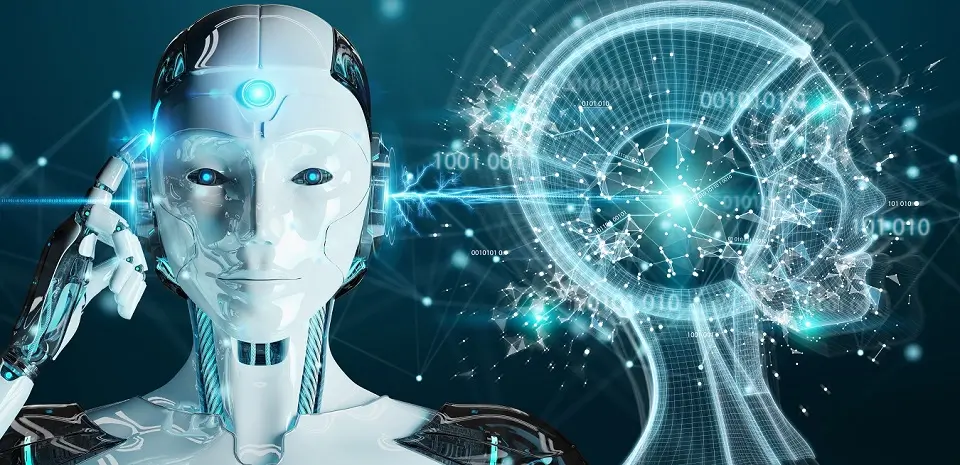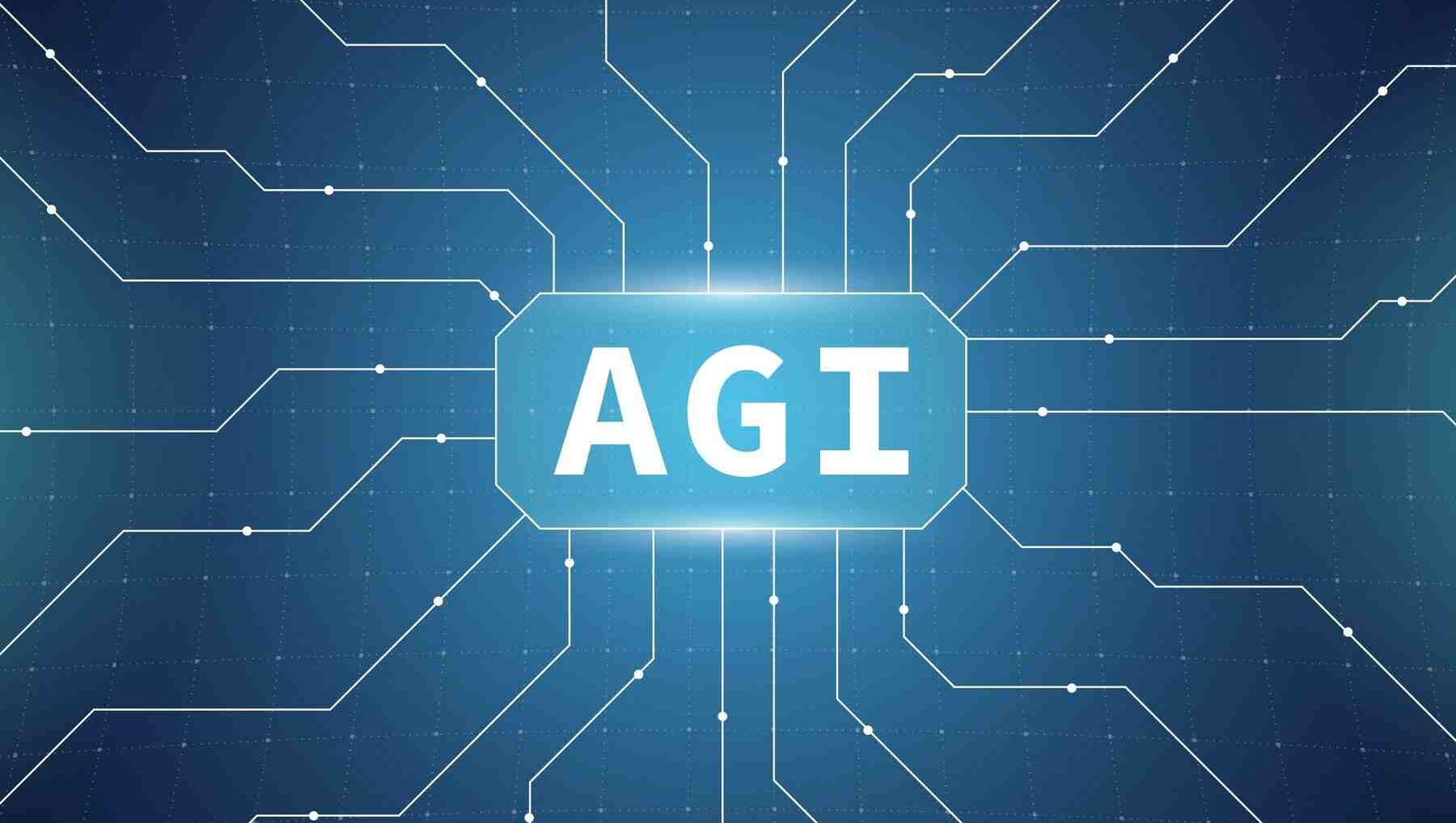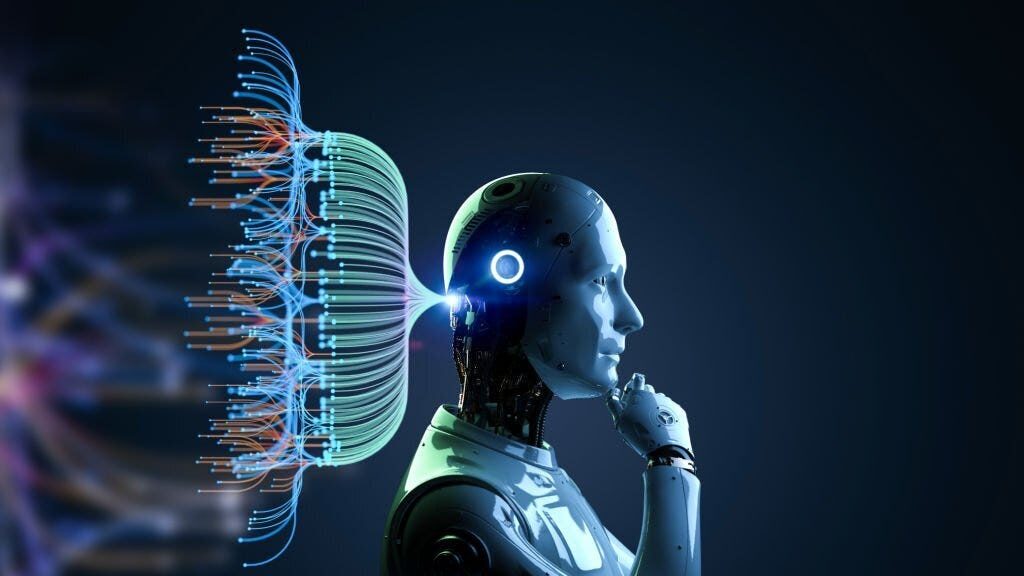Artificial Intelligence is all around us these days. From the virtual assistants on our phones to self-driving cars, AI is slowly becoming a part of our everyday lives. But did you know there are different types of Artificial Intelligence with varying capabilities?
Types of Artificial Intelligence include reactive machines, limited memory systems, theory of mind AI, self-aware AI, machine learning, neural networks, and AGI.
In this post, we’ll explore the 7 main types of artificial intelligence that you should know about. We’ll discuss every type in simple and easy way. Let’s get started!
Table of Contents
- Type 1: Reactive Machines AI
- Type 2: Limited Memory AI
- Type 3: Theory of Mind AI
- Type 4: Self-Aware AI
- Type 5: Narrow AI
- Examples
- Type 6: Artificial General Intelligence (AGI)
- Type 7: Artificial Superintelligence
- Conclusion
Type 1: Reactive Machines AI

Reactive machines are the simplest and most basic type of artificial intelligence. They have some key characteristics:
No Memory
Reactive machines cannot learn from past experiences or store memories. They simply perceive the current situation and react based on pre-programmed rules.
Rule-Based Responses
Their behavior is governed by if-then statements and decision trees rather than any kind of contextual or historical learning.
Examples
A well-known example is Deep Blue, IBM’s chess program that beat Garry Kasparov in 1997. Deep Blue could identify the pieces on the board and choose the optimal next move but had no memory of past games.
Other examples include:
- Video game NPCs (non-player characters)
- Industrial robot control systems
- Computer programs for operating machines in factories
While limited, reactive AI works well for simple, repetitive tasks with clearly defined rules. However, for more advanced capabilities, we need other types of AI that can learn and make decisions based on changing data over time.
Type 2: Limited Memory AI

Limited memory AI systems can learn from past data and experiences to inform future decisions. However, their memory is transient – they can only retain inputs for a short period of time.
Retains Some Data Temporarily
These systems use predetermined computing architectures to look into the past and make weighted decisions.
Examples
- Self-driving cars use limited memory AI. They identify objects using sensor data combined with retaining past information like maps and road conditions.
- Personal digital assistants like Alexa also utilize limited memory to understand voice commands in context.
Type 3: Theory of Mind AI

Theory of mind AI aims to understand and model human thoughts, intentions, beliefs, and emotions to some degree.
Models Human Cognitive Functions
This type of AI tries to mimic human consciousness and emotional intelligence.
Examples
- Virtual assistants can detect frustration or annoyance in a user’s voice and adjust their responses accordingly.
- AI writing tools that attempt to craft content with an appropriate emotional tone.
Type 4: Self-Aware AI

Self-aware AI systems would have human-level consciousness – the ability to perceive their own existence separate from the real world.
Human-Like Self-Awareness
These hypothetical systems would have sentience, consciousness, and subjective experiences.
Doesn’t Exist Yet While extensively researched, we do not have self-aware AI that can pass the “consciousness test” like humans can.
Type 5: Narrow AI

Narrow AI refers to artificial intelligence that is focused on performing specific, narrow tasks really well.
Specialized Capabilities
These AI systems are programmed and trained for particular use cases like playing chess, parsing data, or recognizing images.
No General Intelligence
Unlike AGI or superintelligence, Narrow AI cannot generalize its abilities beyond its designed focus area.
Examples
- Virtual assistants like Alexa and Siri are narrow AI-focused on understanding voice commands.
- IBM’s Deep Blue chess program and Google’s AlphaGo for playing Go are other examples of narrow AI.
Most of today’s AI falls into this narrow category, designed to outperform humans at specialized tasks but lacking general intelligence.
Type 6: Artificial General Intelligence (AGI)

AGI, or artificial general intelligence, refers to hypothetical AI that can master any intellectual task like humans.
Human-Level Intelligence
Unlike narrow AI focused on specific tasks, AGI would have generalized problem-solving abilities across domains.
Still Science Fiction While a long-term goal for researchers, we have not yet achieved human-level general intelligence in machines.
Type 7: Artificial Superintelligence

Artificial Superintelligence refers to hypothetical AI systems that would vastly surpass human cognitive abilities in virtually every domain.
Beyond Human-Level Intelligence
Unlike AGI which matches human intelligence, Superintelligence would be many times more capable than biological human brains.
Potential Risks and Benefits
Such advanced AI could help solve major challenges like disease, poverty, and climate change. However, it also raises concerns about an uncontrollable superintelligent system.
Science Fiction Currently
Like AGI, artificial superintelligence is still only a theoretical possibility that does not yet exist in reality. It remains an area of intense research and debate.
Conclusion
In conclusion, the different types of artificial intelligence covered in this post – reactive machines, limited memory AI, theory of mind, self-aware AI, machine learning, neural networks, AGI, and artificial superintelligence – highlight the varying capabilities of AI systems.
From simple rule-based programs to the theoretical possibility of superintelligent machines, understanding these types of AI provides insight into the current state and future potential of artificial intelligence technology.
As AI continues evolving, we may see real-world applications of more advanced types like AGI and superintelligence in the coming years, shaping how we interact with and leverage types of artificial intelligence in our daily lives.

